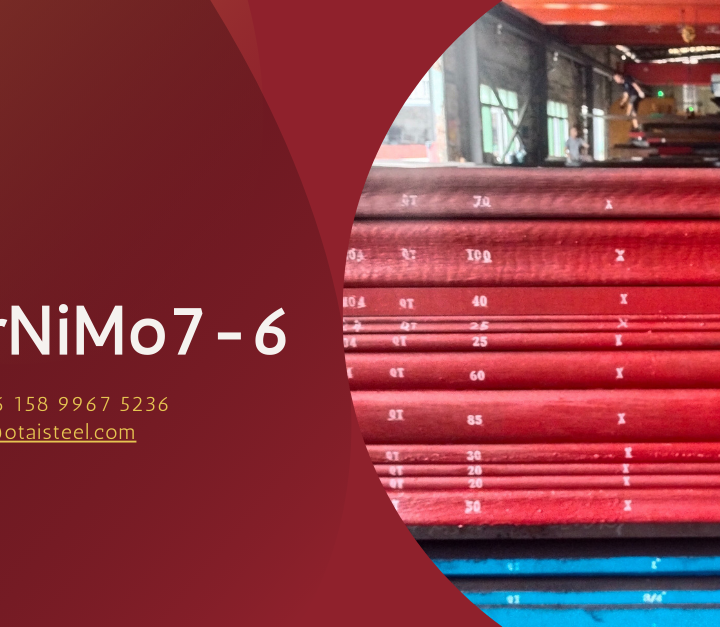When it comes to manufacturing, selecting the right materials is crucial to ensure the quality and performance of your products. Among the various steel grades available, Din 1.2085 stands out as a versatile and dependable option. In this article, we will provide a comprehensive guide to help manufacturers understand the key aspects of Din 1.2085 steel grades, enabling them to make informed decisions for their production processes.
Understanding
Din 1.2085, also known as 420 Modified, is a high-carbon, chromium-manganese alloy steel. It is known for its excellent corrosion resistance, high strength, and wear resistance. The steel’s composition makes it particularly suitable for various manufacturing applications, including plastic molds, cutting tools, and wear-resistant components.
Key Characteristics
- Corrosion Resistance: Din 1.2085 steel exhibits outstanding resistance to corrosion, making it ideal for applications where exposure to moisture or chemicals is common.
- High Hardness: This steel grade offers high hardness levels, ensuring durability and longevity in demanding industrial environments.
- Good Machinability: Manufacturers appreciate it for its ease of machining, which allows for precise shaping and finishing.
- Wear Resistance: The steel’s composition provides excellent wear resistance, reducing the need for frequent replacements and maintenance.
Selecting the Right Grade
Choosing the appropriate Din 1.2085 steel grade for your specific application is critical. Factors to consider include:
- Application: Determine the intended use of the steel, whether it’s for plastic molding, tooling, or other industrial purposes.
- Hardness Requirements: Consider the necessary hardness level to meet the demands of your application.
- Corrosion Environment: Assess the exposure to corrosive substances in your manufacturing process.
- Machinability: Depending on your machining needs, select a Din 1.2085 subgrade that offers the right balance of machinability and hardness.
- Budget: Keep in mind your budget constraints, as different subgrades may vary in cost.
Conclusion
Din 1.2085 steel grades are a reliable choice for manufacturers seeking high-quality materials with excellent corrosion resistance, hardness, and wear resistance. By understanding the key characteristics and factors involved in selecting the right subgrade, you can optimize your manufacturing processes and enhance the performance and longevity of your products. Whether you’re in the plastic molding industry or require tooling solutions, it is a versatile option worth considering.
Frequently Asked Questions (FAQs)
- What is Din 1.2085 steel, and what are its primary applications?It is a high-carbon, chromium-manganese alloy known for its corrosion resistance and high hardness. It is commonly used in plastic molding, tooling, and wear-resistant components.
- What sets Din 1.2085 steel apart from other steel grades?It stands out due to its excellent corrosion resistance, high hardness, and good machinability. These properties make it a preferred choice in various manufacturing applications.
- How do I choose the right subgrade of Din 1.2085 steel for my specific manufacturing needs?Selecting the right roadbed requires consideration of the application, required hardness, corrosive environment, workability and budgetary constraints.
- Can Din 1.2085 steel be used for applications beyond plastic molding and tooling?While it is typically used in plastic molding and tooling, it can also be used in other industrial applications that require corrosion resistance, high hardness and abrasion resistance.
- What are the maintenance requirements for equipment and components made from Din 1.2085 steel?Equipment and components made from this material typically require minimal maintenance due to the steel’s wear resistance and corrosion resistance. Regular cleaning and inspections are usually sufficient to ensure longevity.











